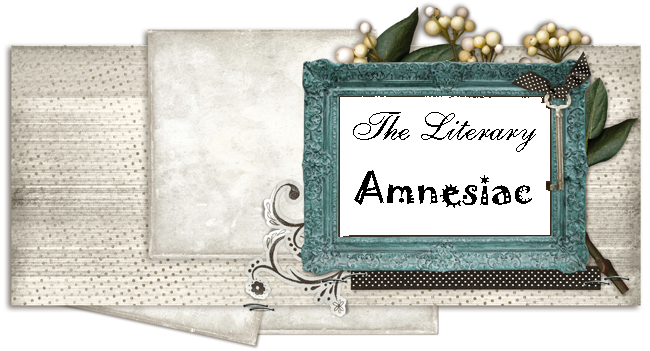I must say I'm tempted to denigrate Chevalier for reusing the framework of Pearl Earring, again taking a famous work of art and building a story around its origin. But I'm not going to bother--I enjoyed the story too much to put my heart into criticism. (And why shouldn't she try it again, as it worked so well the first time?)
This time the story revolves around a series of tapestries woven during the late fifteenth century and is narrated by the designer (a painting Lothario), the lissier who oversaw the tapestries' weaving, and several of the women depicted in the tapestries (including those related to the lissier, and those related to the nobleman who commissioned the work). WOW, it sounds really dry and dull when I describe it that way. But I promise you it wasn't. It maybe all ended a bit too neatly, but otherwise it was a great story. And I was really glad they had full-color pictures of the tapestries to refer to, as kind of a centerfold in the book: it was good to be able to see the different aspects of the works as they were described.
I couldn't help but try to figure out why I liked The Lady and the Unicorn but not Me Before You. This book had luuuurve in it too. But in Chevalier's book the characters seemed more fleshed-out, more three-dimensional, more relatable. And their relationships were more complex and believable. I don't think the fact that the story seems like it could really have happened (and that it seems much more likely than MBY) is a prerequisite for savoring a book--I've loved many a fantastical and unrealistic story. Somehow Chevalier just works for me. Maybe it's magic.
And now, for your viewing pleasure, a photo of the main tapestry in the book:
And now, for your viewing pleasure, a photo of the main tapestry in the book:



No comments:
Post a Comment
"Ah, good conversation--there's nothing like it, is there? The air of ideas is the only air worth breathing." --M. Rivière to Newland Archer, The Age of Innocence